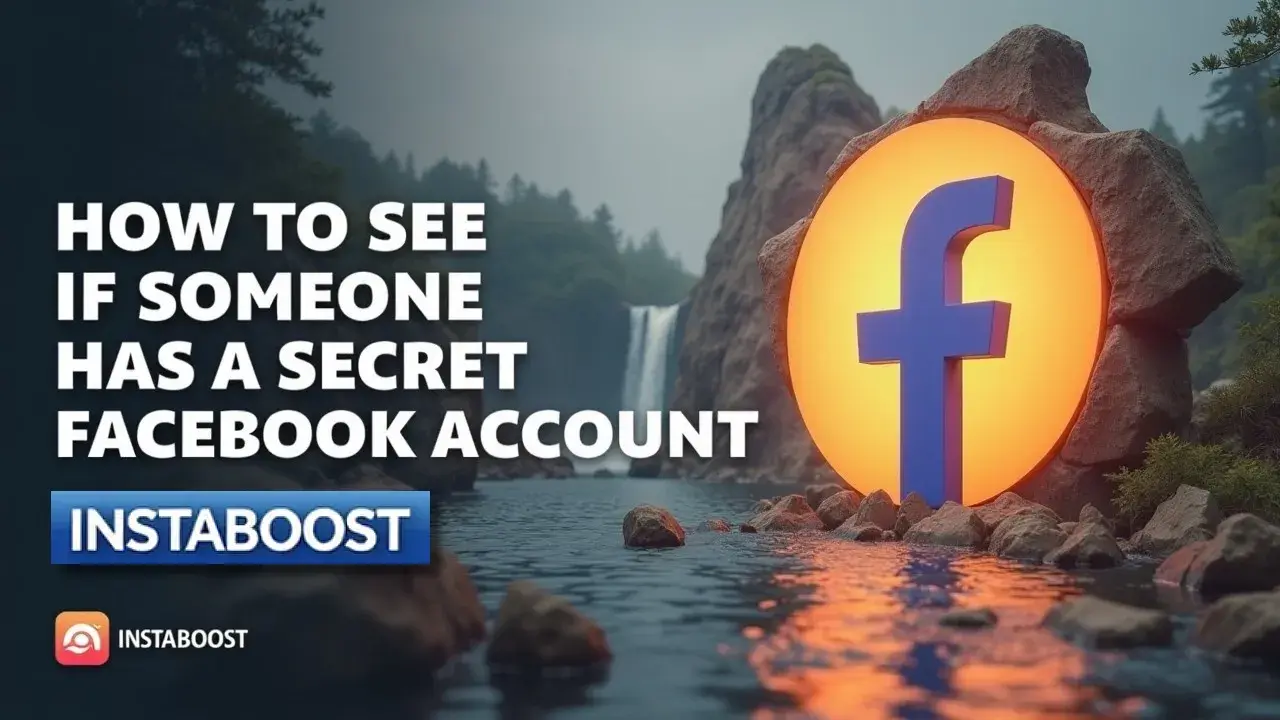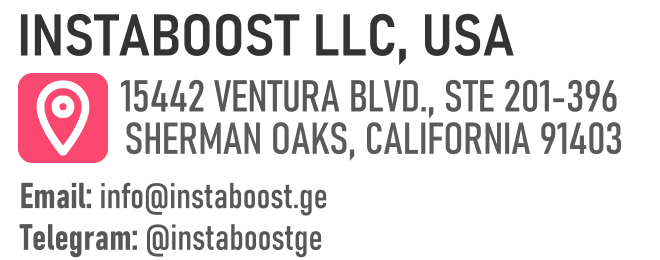How to See If Someone Has a Secret Facebook Account?
Systematic checks can reveal whether a hidden profile exists. Use a simple, repeatable plan, track each finding, look for overlaps in names, photos, or mutual connections, and review your notes after a day for patterns. Results vary if signals are sparse or profiles are locked, but consistent timing and organized records make weak clues clearer. A steady rhythm and clear criteria help confirm what matters and avoid unnecessary distractions.
Start With Signals, Not Suspicion
Quiet accounts still leave footprints, and the fastest way to check for a hidden Facebook profile is to watch for consistent, verifiable signals instead of chasing hunches. Treat it like a light investigation and line up your checks with how Facebook actually reflects identity – names, phone or email recovery hints, mutual connections, tagged photos, and activity patterns – so you can separate noise from real overlap. Search variations of their name and handle across Facebook and Messenger, then compare details that rarely shift in sync: hometown, school years, niche interests, and the cadence of comments on public pages.
When those pieces cluster, you’re probably closing in on the right profile. If you plan to speed things up with tools – reverse image search, people-finder databases, or paid background services – choose reputable providers and match them to intent. Image-based queries work when you have clear photos. Database lookups work when you can test an email or phone. Pair your search with simple analytics. Keep a short log of what you tried, when, and what surfaced so you avoid looping the same query and mistaking repetition for proof.
When you engage – liking a public post, following a page they frequent, or collaborating with a known friend – add safeguards. Set your own privacy controls, skip aggressive tagging, and use targeted promotion only if you’re intentionally trying to elicit a response on a business page.
The practical insight holds: real accounts build retention signals over time – consistent friends, real comments, stable bio fields – while throwaway profiles feel sparse or oddly optimized. You’re not chasing a ghost. You’re testing for durable patterns that match a real person.
The practical insight holds: real accounts build retention signals over time – consistent friends, real comments, stable bio fields – while throwaway profiles feel sparse or oddly optimized. You’re not chasing a ghost. You’re testing for durable patterns that match a real person.

Why Credibility Beats Conspiracy
I used to optimize everything until I learned where it didn’t matter. The same mindset helps when you’re checking for a secret Facebook account: credibility beats theatrics. Treat every clue as a data point you can verify twice. If you find a profile with their name, push for proof that’s hard to fake. Look at the timing of public comments, the rhythm of likes on niche pages they’ve followed for years, and how friends overlap across Messenger and Facebook without being identical. A crisp move is a cross-entropy check.
Compare “fixed” identity anchors like hometown, old school clubs, and workplace eras with “live” behavior like weeknight comment cadence, who tags them at events, and responses on Marketplace. The more those tracks match over a week, the less likely you’re chasing noise. If you want accelerants, use them with a plan. A small spend on a reputable people-search tool or a targeted promotion that surfaces to likely mutuals works when you pair it with clean analytics and a tight testing loop, the same way you’d treat any external signal alongside organic patterns rather than letting order Facebook followers today skew your read.
Set a 48-hour window, log hits, and favor retention signals like recurring public interactions over one-off pings. Messenger can be a lens too. Search variations of their handle and watch profile photo swaps and delivery status patterns that echo activity on any suspected account. You’re not trying to catch someone. You’re building a table of consistencies. If you consider paid add-ons, pick qualified sources that show historical usernames, past emails, and date-stamped changes, then reconcile those with what Facebook shows today. That’s how you turn curiosity into a calm, evidence-led answer to how to see if someone has a secret Facebook account. Steady inputs, fewer leaps, and proof that holds up in daylight.
Map the Clues Into a Simple, Repeatable Workflow
You don’t need luck. You need a map. Decide upfront what proof looks like so you’re not chasing coincidences, and so you can check whether someone has a secret Facebook account with calm confidence. Set a 24-hour window and run the same passes twice. Search their name and likely handle variations, then fold in recovery hints like partial emails or phone formats they’ve used elsewhere, plus cross-checks in Messenger search. Save screenshots, profile URLs, and timestamps so you can track retention signals.
Do the same niche interests, old school-year details, and hometowns persist across profiles, or do they wobble like something recently patched together? Real people keep real comments. Look for the cadence of replies on public pages, consistent reactions from the same small cluster of friends, and naturally aged photos with tagged overlaps; if you’re filtering engagement patterns, remember that inflated metrics from things like buy likes for Facebook stories can mask authentic signals. If you use accelerants, pick reputable tools that surface public data cleanly and match your intent. They work when you pair them with clean analytics, a tight testing loop, and a simple scoring sheet, for example +2 for matching hometown year, +1 for recurring mutuals, -1 for generic stock photos.
Promotions or creator collabs can add noise, so filter for comments that show knowledge of local specifics or shared events, not just likes. If you message a suspected alt via Messenger, time it with a plausible context and watch for consistent typing behavior and profile photo updates rather than one-off replies. The workflow works when you keep it boring. Same checks, same metrics, and a measured review after a day. That rhythm turns scattered clues into a readable pattern without drama.
Push Back on Gut Feel With a Verification Loop
When the quiet hits after you’ve tried everything, shift from gut feel to standards. If you’re checking for a secret Facebook account, treat your hunch like a draft hypothesis and ask for receipts – repeated identifiers, consistent activity, and verifiable links. A lookalike with a borrowed photo isn’t proof. Two or three converging markers are. This is where your 24-hour workflow earns its keep. Run a structured sweep in the morning, log what you find, then repeat in the evening to see what holds.
Cross-reference Messenger search with handle variants, email fragments, and phone formats you’ve seen them use elsewhere, including country code, separators, or how they shorten their name; remember that mentions of quick fixes, even something like buy Facebook views instantly, don’t validate identity and can muddy the signal. Paid accelerants work when they’re matched to intent. A reputable data enrichment tool paired with clean analytics and a simple testing loop can surface legitimate overlaps. Cheap scrapers tend to generate noise. If you add targeted promotion, like a narrow-interest Page boost or a creator collab aligned with their niche, track retention signals and real comments over vanity likes.
The right person often leaves a trail when the content matches their habits. When results are ambiguous, don’t escalate. Tighten safeguards. Save screenshots with timestamps, note profile creation dates, friend graph patterns, and whether Messenger shows prior threads under alternate names. The pushback here isn’t hostility. It’s hygiene. You’re protecting your process from coincidences and confirmation bias. Credibility beats conspiracy when you define what proof looks like, run the same passes twice, and only upgrade tools or outreach if they add clarity. That cadence turns a vague query – how to see if someone has a secret Facebook account – into a calm, defensible answer.
Close the Loop With a Clean Decision
Your voice is sharper now, so use it. If you’re still deciding how to confirm a secret Facebook account after two full passes, turn your notes into a clean yes/no with thresholds, not vibes. Look for three signals that converge: the same handle format they use elsewhere, a recovery hint that matches a partial email or phone pattern, and a live activity trace like mutuals, tagged photos, or real comments that match their timeline. If two are strong and one is tentative, queue a targeted promotion or a creator collab test narrowed to known mutuals, and if you need a wider sample, you can push your page reach further while keeping geos tight and interests disciplined.
Early momentum and clean analytics will show you fast whether the profile is truly connected or just a look‑alike. When you need accelerants, use reputable tools and ads with tight geos, interest filters, and safeguards, then measure responses inside a 24‑hour testing loop. If outreach fits, a short, neutral message via Messenger search can be the final check. Mirror their usual tone and watch for retention signals like steady replies rather than bursts. If your criteria aren’t met, archive the lead and set a reminder for a light recheck in a week. No spirals, just cadence. Decide in advance what would change your mind. Maybe it’s a second matching recovery hint or a corroborating tag from a mutual. If that doesn’t show up, you have enough to pause with confidence. That’s how you keep clarity, protect your time, and land on a grounded answer you can stand behind without drama.















